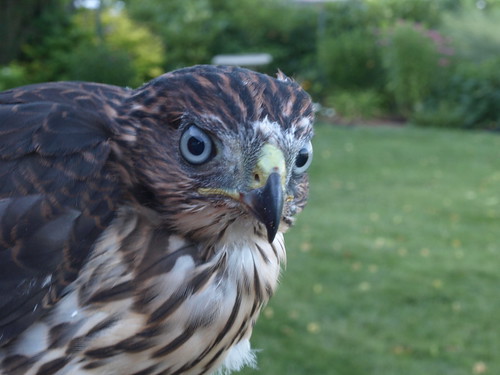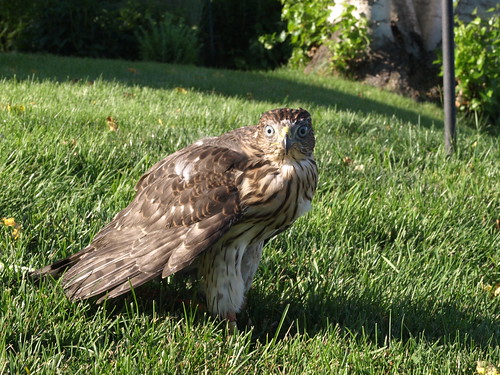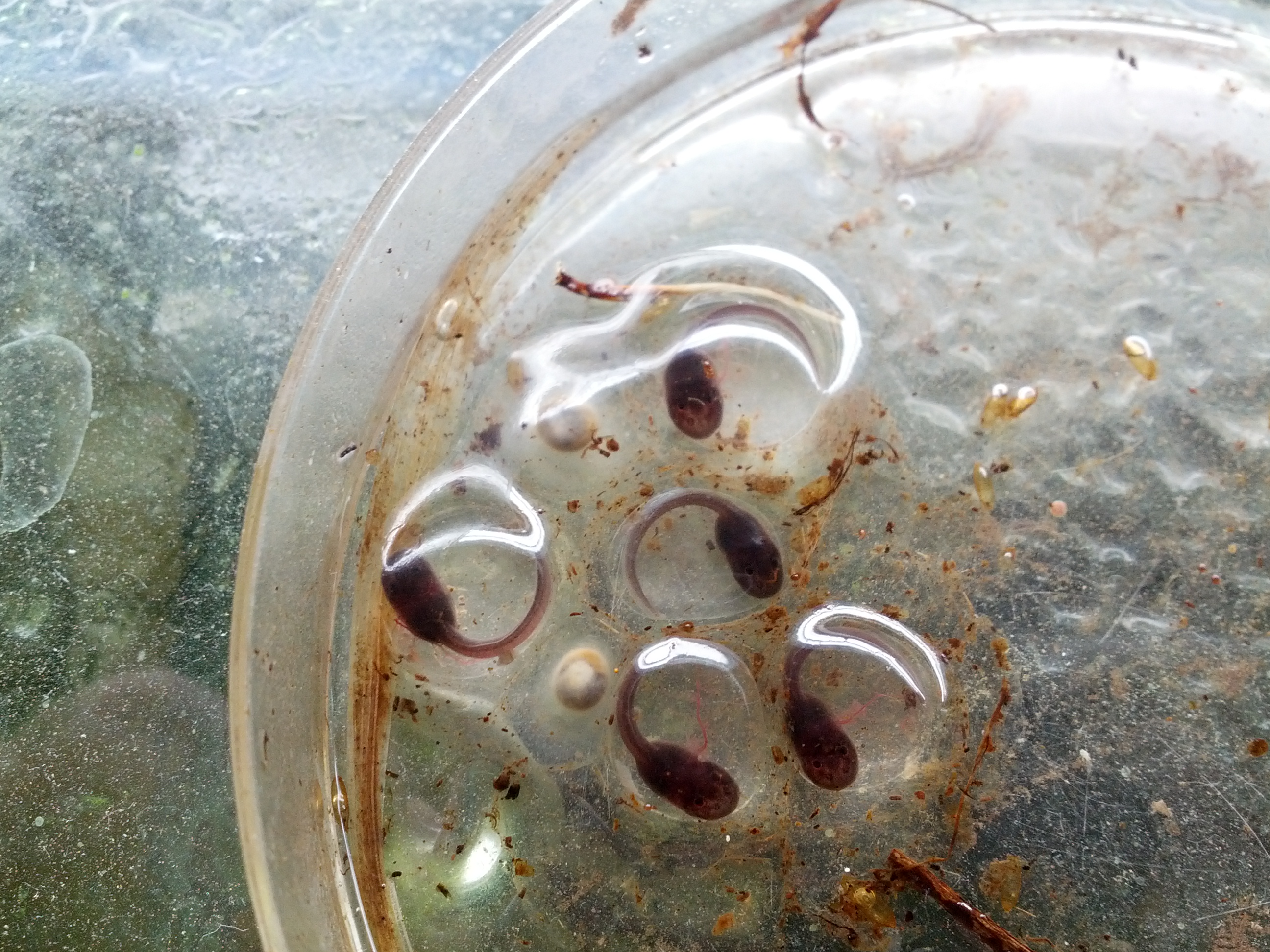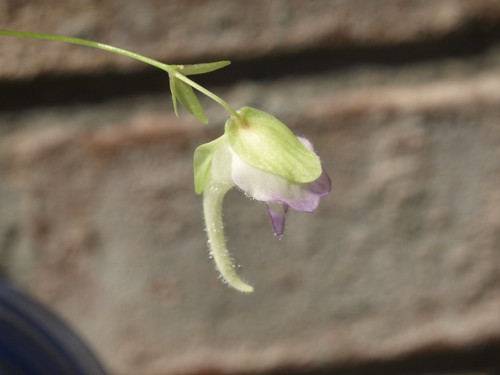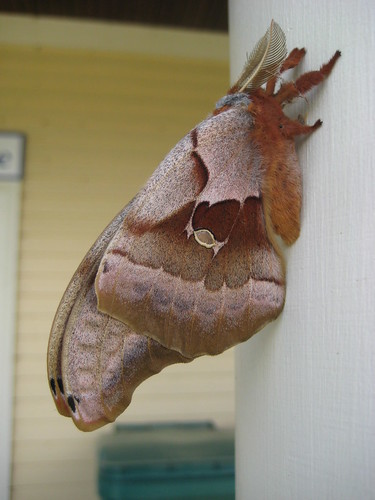A friend’s male (musket?) Cooper’s Hawk. If this is the look one would get from an incoming Dromaeosaurid, heart attack would be a likely cause of prey death.
Sno-Cat!
The local historians think that the Second Miskatonic Antarctic Expedition had 3 Sno-Cats (along with the with the LeTourneau Snow Train mothership): 2 Utilities and 1 Freighter and that those vehicles that weren’t destroyed were brought back to the Archive. I’ve been seeing this beauty on Rte. 236 in Eliot, Maine for a couple months and decided to stop and get some photos today. Mo Labrie is going to kill me, but I forgot to get serial numbers/VINs etc. I’ll have to stop again; no telling if the Goat Island Project historians can tie this Sno-Cat back to the 2nd Misky (as they call it), but they’ll need numbers to even try.
I guess that sometimes you need to lay on the horn out on the Antarctic plateau.
Three bog garden photos
Some spring milestones
It’s been a (re)productive spring here at the ranch. Some pictures:
I sighted some fry in one of the Betta macrostoma tanks. They are mouth-brooders; males have had clutches in their gullets before, but this is the first hatch-out.
*
The Dendrobates leucomelas Guyana Banded laid their first eggs. A shot, taken moments ago, of the developing tads.
*
My tiny little plug of Utricularia jamesoniana decided to flower. This is a woo-hoo all out of proportion to the size of the plant: I looked for a division of jamesoniana for years and to get one and have it flower within a year is a cause for celebration.
*
And lastly, something I had nothing to do with at all. A Polyphemus Moth on a column at work:

